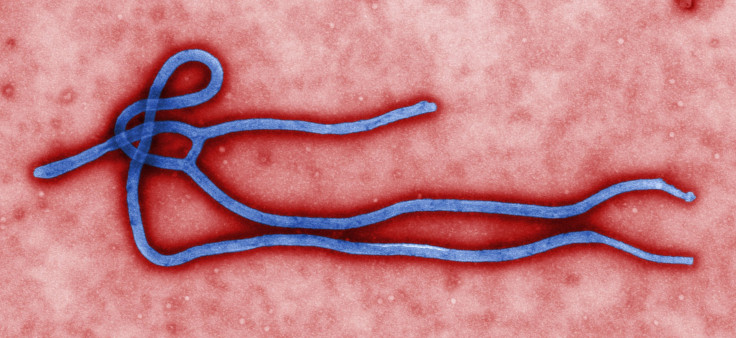Ebola Death Toll 2014: How Many People Have Really Died From Virus?

The number of Ebola cases so far this year: 9,936. How many people have been killed by Ebola: 4,877. These are the official figures put out by the World Health Organization, widely regarded as the authority on the Ebola outbreak in West Africa. Those statistics have been widely circulated, reported, tweeted and retweeted, but the number of deaths related to Ebola is based largely on speculation, not concrete evidence, according to a spokesman for WHO.
“We don’t really know how many deaths there have been, because there are a lot of people who have died alone … or out in the bush,” WHO spokesman Dan Epstein said. Those deaths go unreported, Epstein noted, so the agency uses statistical models to account for what they estimate is the number of unreported cases. Health workers on the ground in Guinea, Liberia and Sierra Leone often rely on anecdotal evidence to estimate the number of Ebola deaths in a particular village or town. During field studies, locals might tell disease trackers that their village has had 20 deaths from Ebola, but “no one is verifying it,” Epstein said.
WHO most recently said it believes the actual Ebola death toll is about three times higher than the roughly 4,900 confirmed or suspected cases. That would bring the number of people killed in the current Ebola outbreak to about 15,000. The startling figure is just one of many from WHO since the outbreak in West African began in March. Earlier this month, the organization said the weekly infection rate of Ebola could reach 10,000 new cases by December, which would be a sharp spike from the current infection rate of about 1,000 cases per week. In early September, WHO said as many as 20,000 people could become infected with the virus by the time the outbreak is over.
How the death rate can escalate from about 1,000 new Ebola cases per week to a suspected 10,000 new Ebola cases per week within two months is still unclear. For WHO assistant director-general Bruce Aylward, who is leading the research on the outbreak, estimating the number of future Ebola cases is “both art and science,” Epstein said. “Part of it was based on modeling and part of it was a guess,” he said. Estimating the number of unreported Ebola cases involves using a correction factor of 2.0, according to Science Mag. That means WHO doubles the number of confirmed cases to roughly approximate its figures.
WHO gets its Ebola death numbers from three main sources: clinics and medical centers, laboratories doing Ebola tests, and burial teams. In any outbreak, there are always some cases that slip through the cracks. These patients are not counted in official disease tallies, leaving health researchers with the difficult task of figuring out just how many cases are not reported and factoring that into their "official" numbers. The health agency said the discrepancy comes down to underreporting.
Keeping track of Ebola in West Africa is particularly difficult, health experts say, given that so many patients either never visit a health facility or are turned away because of overcrowding. Also, health workers have had to combat widespread distrust of health care workers among many victims of the disease who feel stigmatized and may not come forward when they are feeling symptoms. They might die quietly in their homes, unknown to WHO. “In the African nations currently experiencing the outbreak, patients don’t trust their local health care systems – sometimes with good reason,” Reuters reported in July. Locals often turn to traditional healers, meaning their official diagnoses are never recorded.
WHO has acknowledged that its numbers are “vastly” underestimated. But without properly verifying the number of reported deaths, there is still “a tremendous amount of uncertainty,” WHO epidemiologist Christopher Dye told Science Mag.
© Copyright IBTimes 2024. All rights reserved.






















